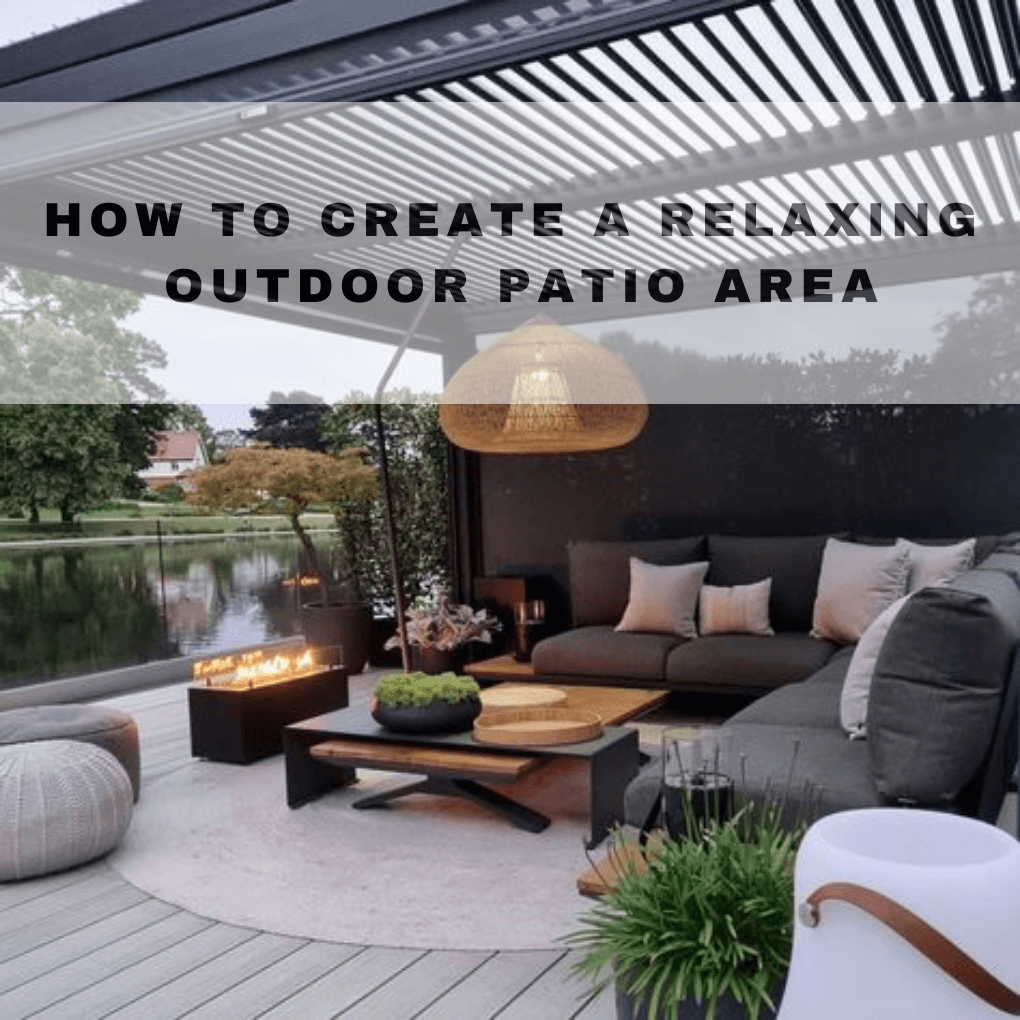Vertical gardening is a growing trend among gardeners with limited space. It allows you to grow plants upward instead of outward, saving room for more greenery. Whether you’re working with a small balcony, a tiny backyard, or even indoor spaces, vertical gardening provides a creative solution. In this guide, you’ll learn what vertical gardening is, how to set it up, which plants to choose, and the best techniques to ensure your vertical garden thrives.
What is Vertical Gardening?
Vertical gardening is a method of growing plants in vertically stacked layers, often using structures like towers, wall-mounted planters, or trellises. It maximizes limited space and allows for a wide variety of plants to grow in small areas. Vertical gardening is perfect for city dwellers, apartment owners, or anyone with limited garden space.
Definition of Vertical Gardening
At its core, vertical gardening is all about making the most of your available space by growing plants upward rather than outward. This technique can be applied to both outdoor and indoor settings. It often involves specialized containers, shelves, or wall mounts designed to hold plants as they grow vertically.
Why Choose Vertical Gardening?
Vertical gardens offer numerous benefits:
- Space-saving: They allow you to grow a lot more in less space.
- Better plant access: Plants are easier to care for, especially when mounted at a comfortable height.
- Aesthetic appeal: Vertical gardens can create beautiful, green features in your home or garden.
Vertical gardening is an excellent way to make use of unused wall space and add greenery to your surroundings, whether in a tiny apartment or a spacious backyard.
How Vertical Gardening Works
Vertical gardening uses specific tools and methods to create a productive garden in a small area. The basic structure involves setting up a system that supports plants as they grow upward. Common setups include wall-mounted planters, vertical garden towers, or ladder-style planters. When choosing a growing medium, you can use soil, hydroponics, or coco coir, depending on what suits your plants best. Make sure to select the one that provides good drainage and moisture retention.
Watering is an important consideration for vertical gardens. Using drip irrigation helps evenly water the plants, while regular checks on drainage ensure that water doesn’t collect and cause root rot. Regular maintenance, such as pruning and pest control, will keep your vertical garden healthy. By giving your plants the right support, water, and care, your vertical garden will thrive.
Choosing Plants for Vertical Gardens

Selecting the right plants for your vertical garden depends on your available space and the care they require. For beginners, herbs like basil, mint, and parsley are easy to grow and perfect for small vertical spaces. Leafy greens like lettuce, spinach, and arugula grow quickly and don’t need a lot of space. Flowers such as petunias, pansies, and geraniums are colorful and compact, making them ideal for vertical setups.
When planting, ensure that each plant has enough space to grow. Choose plants that are compatible with each other, such as basil and tomatoes, which make good companions. It’s also important to start with a few plants and gradually expand as you become more comfortable with vertical gardening.
Vertical Gardening Techniques
Vertical gardening can be customized with various techniques, from using trellises for climbing plants to stacking planters for a more compact arrangement. Choosing the right technique depends on the type of plants you want to grow and the space you have available.
Trellises and Climbing Plants
Trellises are excellent for growing plants that need vertical support, like cucumbers, peas, and tomatoes. Here are some tips:
- Train plants upward: Guide the vines or stems along the trellis to prevent them from sprawling.
- Use sturdy materials: Ensure your trellis can support the weight of climbing plants.
- Prune regularly: Cut back any overgrowth to allow for better air circulation and prevent disease.
Vertical Planters and Towers
Vertical planters and towers are great for growing compact plants in small spaces. Consider these techniques:
- Stackable planters: These allow you to grow plants in multiple layers, maximizing vertical space.
- Rotating the planters: This helps ensure that all plants receive equal sunlight.
- Use high-quality planters: Good-quality plastic or wooden planters will last longer and withstand outdoor conditions.
Wall Gardens
Wall gardens are another great way to grow plants in a vertical garden. You can use wall-mounted systems like pocket planters or grids to hold plants. Some tips for creating a wall garden:
- Ensure proper drainage: Use breathable materials to allow water to flow freely.
- Choose the right wall: Ensure that your wall receives adequate sunlight for your plants to thrive.
- Install an irrigation system: This ensures consistent watering.
Wall gardens are ideal for growing small plants like herbs and flowers.
Caring for a Vertical Garden
Caring for a vertical garden involves regular tasks like pruning, watering, and checking for pests. Prune your plants regularly to remove any dead or overgrown parts, which helps them grow better. Checking your plants for pests ensures that any issues are dealt with before they spread. You’ll also need to ensure that your plants are getting the right amount of sunlight and water, adjusting the watering schedule based on the season.
Seasonal care is important too. In warmer months, your plants will need more water and sunlight, while in cooler months, you may need to bring indoor gardens closer to a light source and protect outdoor plants from frost. With consistent care, your vertical garden will stay healthy year-round.
Conclusion
Vertical gardening is an excellent way to grow plants in small spaces, whether indoors or outdoors. By following these tips on setup, plant selection, and maintenance, you can create a thriving vertical garden that enhances your home or yard. Start small, and enjoy the rewards of a beautiful, space-saving garden!




